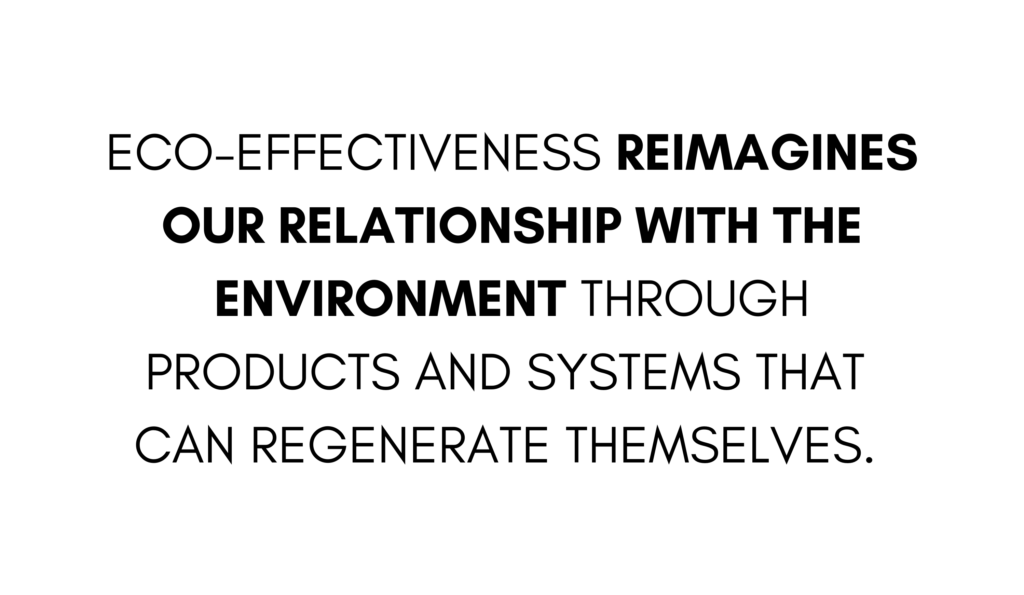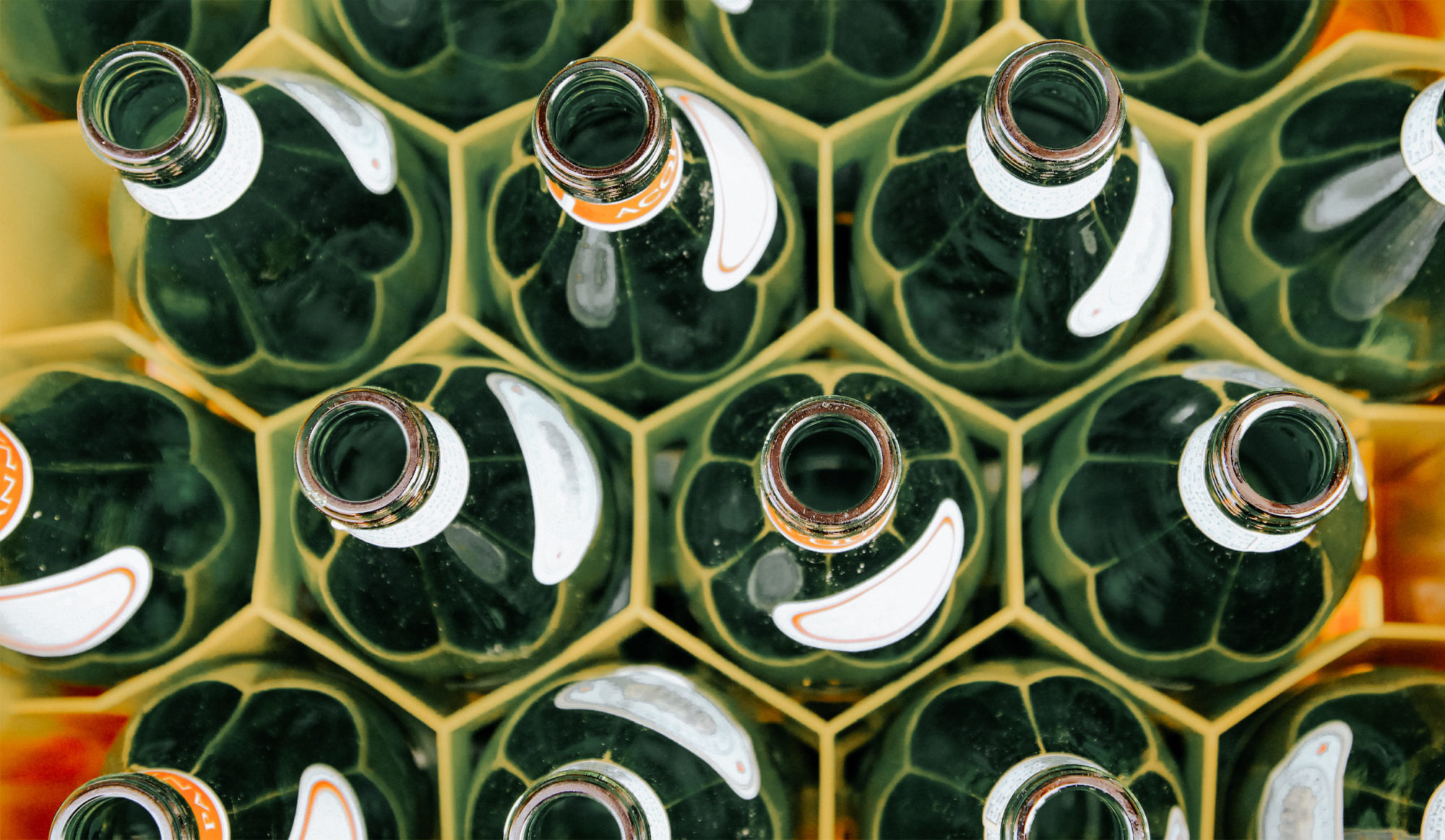// All My Thoughts on Zero Waste //
Over the past several months, I’ve been reading Cradle to Cradle: Remaking the Way We Make Things and sharing what I’ve learned. I finally finished the book– here’s what I learned from the final chapter, and how I plan to put into action what I’ve learned.
Putting eco-effectiveness into practice
Eco-effectiveness reimagines our relationship with the environment through products and systems that can regenerate themselves. It involved not just lowering emissions, or being “less bad,” but truly re-inventing industrial systems so that they enhance the quality of materials and products.
McDonough and Braungart give five ways to realize eco-effectiveness. First, manufacturing should get rid of known culprits — chemicals and substances that are known to harm human health and the environment. It’s a less than ideal but necessary start.
Eco-effectiveness reimagines our relationship with the environment through products and systems that can regenerate themselves.
Next, “follow informed personal preferences.” This step is another compromise on the journey to eco-effectiveness. Often, it’s impossible to know what chemicals are in the products you’re using. Even if you buy organic vegetables, it’s difficult to know the environmental impact of packaging and transporting, much less the working conditions of those who grew and harvested those vegetables. Simply but, environmental and social impact is not a simple framework. Often, eco-effectiveness means doing the best with what we have, and making the best decision possible based on what you know and your personal preferences. McDonough and Braungart recommend prioritizing ecological intelligence, respect, and delight, celebration, and fun.
Third, eco-effective design requires learning what substances go into products and creating a ‘positive list’. First, ‘x-list’ substances are the most harmful and should not be used. ‘The gray list’ is made up of substances that are similarly problematic but not in need of urgent phaseout. Finally, a ‘positive list’ includes substances that are “actively defined as healthy and safe for use.”
Next, redesign should activate the positive list. In a cycle of continuous improvement, producers and manufacturers must introduce these substances that are healthy and safe into their product design, whether the company produces cars or t-shirts.
Lastly, eco-effectiveness in practice requires reinventing. This step involves a crucial shift from designing products that are less bad to designing products that are actively good. For example, an eco-efficient car might have minimal or zero negative emission, but an eco-effective car would actually have positive emissions that can “generate other nutritious effects on the environment.” It’s a never-ending process of re-inventing and continually improving.
How can we integrate eco-effectiveness into our lives?
Personally, I am unable to invent a car that not only doesn’t produce emissions, but actually regenerates the natural environment. I don’t have the chemistry background to produce eco-effective paints or laundry detergent.
However, I am a consumer, and by making personal decisions to buy eco-effective products and services, I can signal to businesses that I prefer products that take into account their environmental impact.
While these individual decisions are a start, they aren’t enough. No matter how many eco-effective products I buy, that won’t change the fact that products that are environmentally damaging are still being produced, sold and discarded in massive amounts. I can’t buy an eco-effective car if it doesn’t exist.
Businesses and institutions must act to create eco-effective products and services. McDonough and Braungart write that change might begin with one product or one material– but it must begin somewhere.
The next steps on my zero waste journey
I started this series in February, which was actually a really long time ago, and I’ve learned a lot! Cradle to Cradle taught me that simply living a ‘zero waste’ lifestyle isn’t enough– a more appropriate term might be an ‘eco-effective’ lifestyle. I’m excited to continue learning. Look for my next article on sustainability in a few weeks!
One last thought – if you haven’t read Grace’s article about personal and institutional responsibility, check it out! We need to consider the importance of both our personal actions (a zero waste lifestyle) and larger institutional actions (re-imagining industrial systems) to protect and sustain the environment.
Read my other zero waste posts:

- College Football, Ariana Grande, and Water - September 3, 2023
- Livestock and Land Use: How Are We Feeding The Planet? Impactfull April 2022 - April 19, 2022
- What Does Voluntourism Look Like? A Case Study in a Cambodian Orphanage - March 28, 2022
